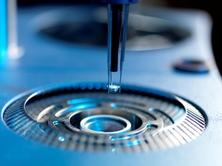In this blog post, we are going to start a discussion about the most common thermal analysis techniques used to investigate the properties of polymers. In part 1 of this series, our focus will be on:
- differential thermal analysis
- thermomechanical analysis; and
- dynamic mechanical analysis
This discussion will include how these tests are performed and what kind of properties can be determined from the resulting data.


